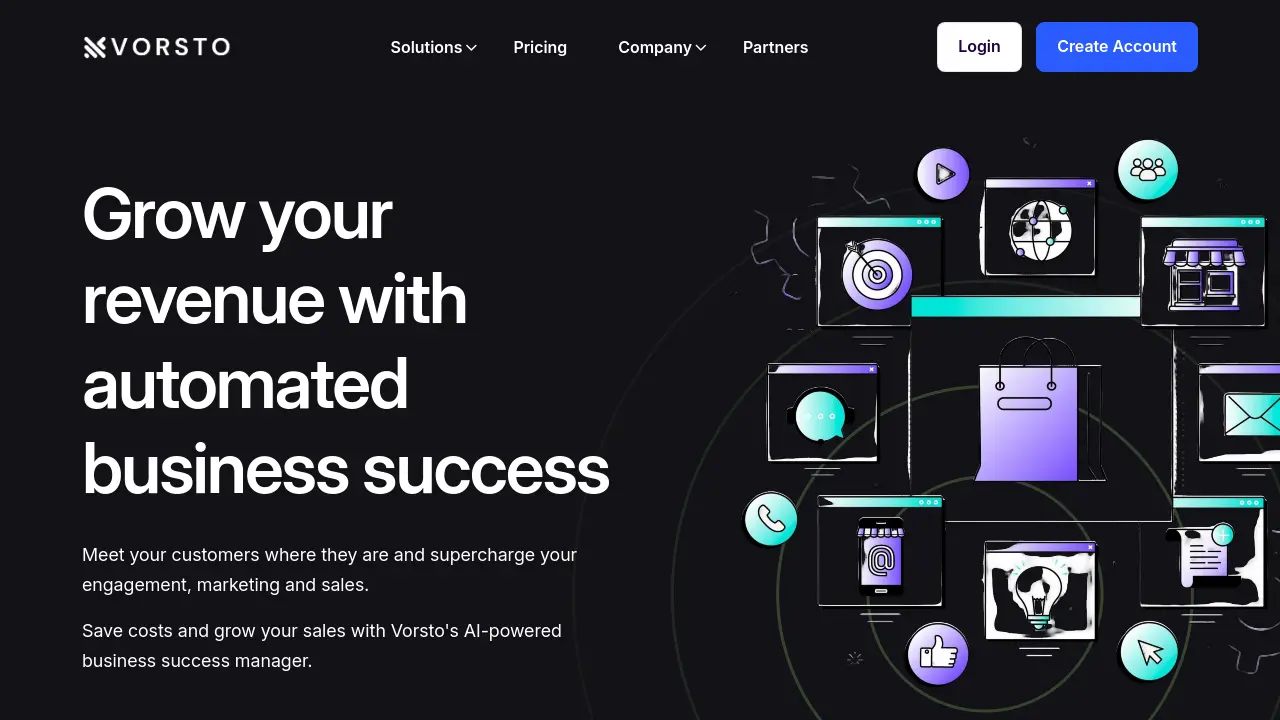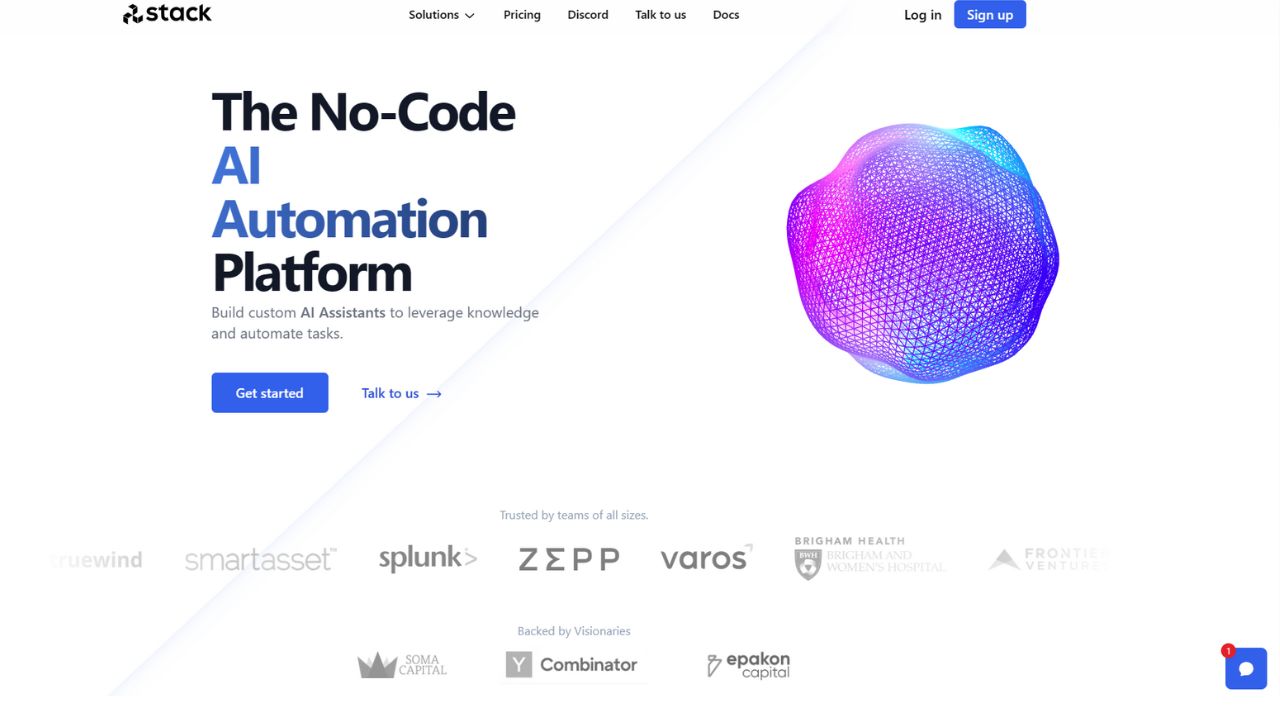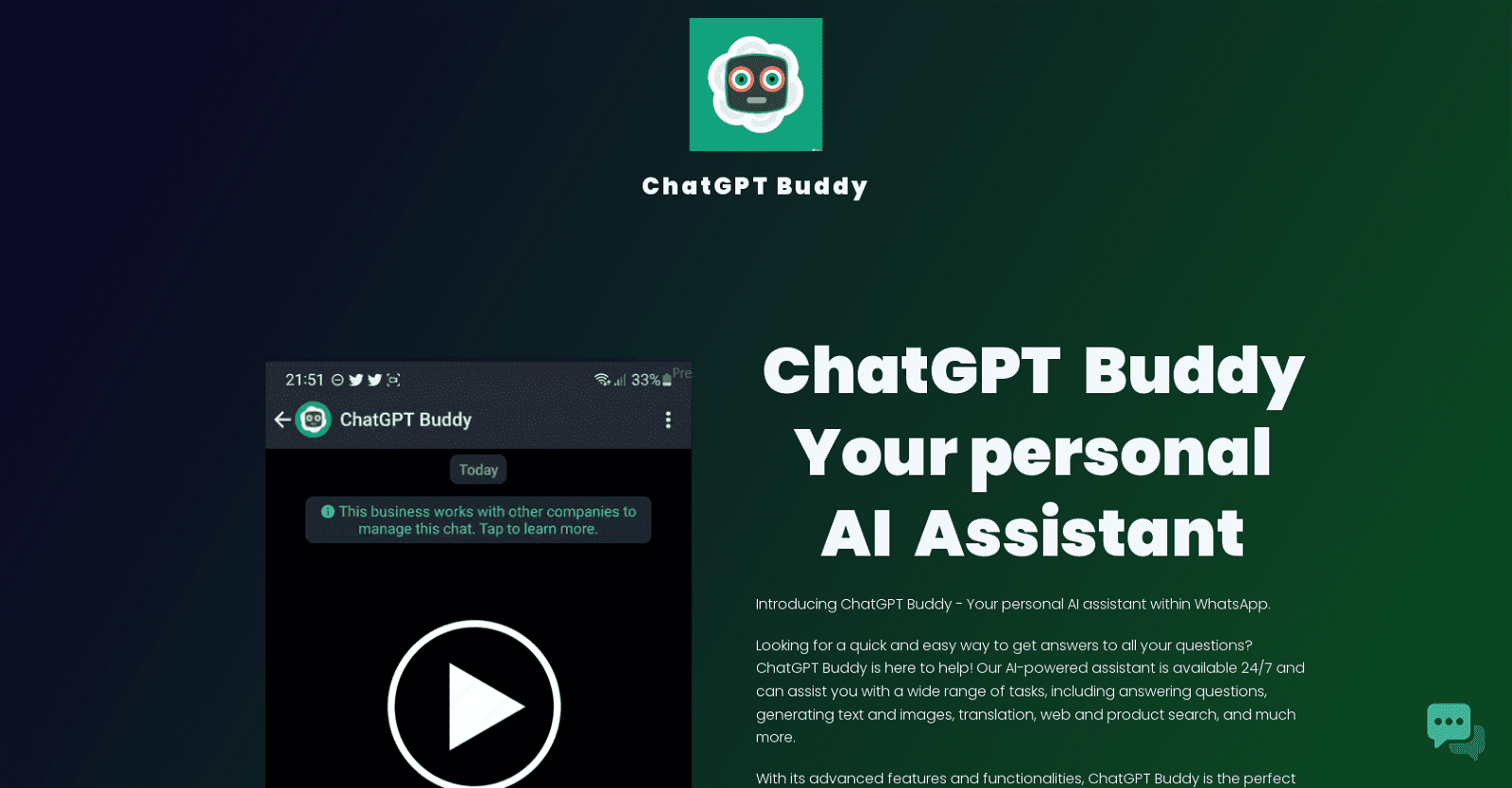Viridian WebOS revolutionizes remote medical diagnosis by harnessing advanced AI algorithms to swiftly analyze patient-reported symptoms and deliver precise diagnoses in minutes. Integrated with electronic medical records, it streamlines data sharing among healthcare professionals, ensuring accurate diagnoses.
Accessible to both patients and healthcare providers, Viridian WebOS offers real-time consultations, saving time and cutting healthcare costs. Its intuitive interface facilitates seamless interactions, empowering users to report symptoms online and receive prompt medical advice.
Moreover, healthcare providers benefit from streamlined workflows and enhanced patient outcomes, thanks to the tool’s machine learning capabilities automating diagnostic processes. Viridian WebOS stands as a beacon of accessible healthcare, providing accurate diagnoses and efficient care delivery for all.
More details about Viridian
How will I receive medical advice from doctors using Viridian WebOS?
While Viridian WebOS promises real-time medical advice from doctors after reporting symptoms, the specific mechanics of receiving these consultation responses are not outlined on the platform.
How is Viridian WebOS aiming to revolutionize patient care?
Viridian WebOS is transforming patient care through remote consultations and AI-assisted analysis of reported symptoms. By removing the requirement for physical visits, it enhances healthcare accessibility. Additionally, it expedites treatment by accelerating the diagnosis process.
Can you explain how Viridian WebOS uses deep learning algorithms?
Viridian WebOS employs deep learning algorithms to scrutinize reported symptoms. These algorithms learn from processed data, detect patterns, and render data-driven predictions or decisions. Consequently, the system enhances diagnostic accuracy over time by continually learning from each interaction.
How does Viridian WebOS help in automating tasks in diagnosis process?
Viridian WebOS harnesses the AI and machine learning capabilities to automate tasks within the diagnosis process. These technologies excel at managing routine diagnosis-related tasks, enabling healthcare providers to concentrate on the more intricate aspects of patient care.








